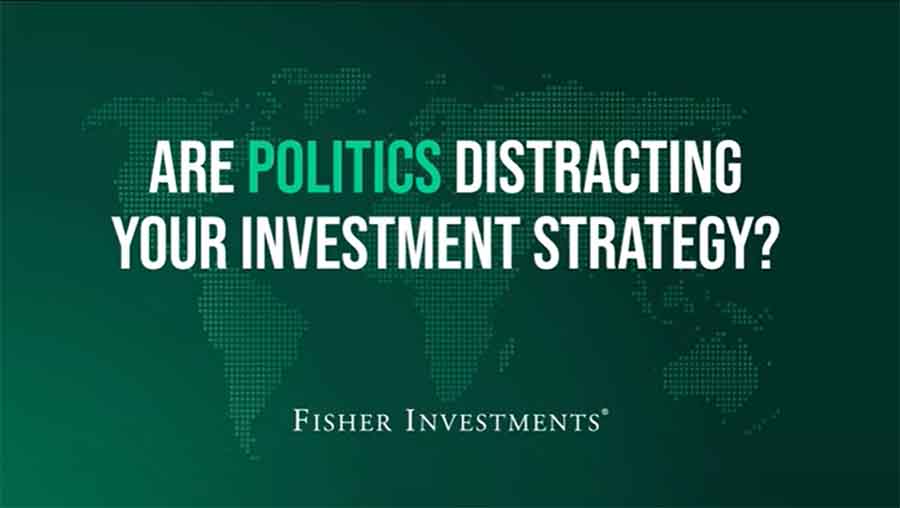Personal Wealth Management / Market Analysis
Another Look at Tariffs—China Edition
New tariffs aren’t great, but they don’t scale.
We are now through week one of the Trump 2.0 Tariff Era, and it was a lot to keep up with. Delayed tariffs on Canada and Mexico, with delayed retaliation from both. A lot of talk, with very little detail, about tariffs on the EU. Allusions, on Friday, to “reciprocal” tariffs bringing all US tariffs in line with whatever tariffs other countries apply to US goods. The EU, seemingly not waiting for an announcement, is already drawing plans to cut taxes on US autos and buy more US liquefied natural gas (LNG) and military equipment.[i] We will stay tuned, but for now, let us take a quick look at the tariffs that actually took effect this week: the additional 10% levy on all China’s imports and China’s response. As you will see, the effect should be quite small, which we think helps explain why markets took it in stride.
When President Trump announced the new 10% tariff on China in Saturday’s Executive Order, it initially looked like there may be a quick deal. Chinese authorities briefed US journalists that they were eager to talk, with all of Trump’s sore spots (fentanyl and TikTok’s ownership included) on the table. But amid Trump’s marathon conversations with Mexican President Claudia Sheinbaum and Canadian Prime Minister Justin Trudeau, negotiations with Beijing didn’t happen. Hence, the tariffs took effect at midnight EST on February 5. China announced it will counter with a new 15% tariff on US coal and LNG and a 10% levy on crude oil, certain autos and agricultural machinery, all taking effect Monday. For extra fun, we guess, it announced an anti-trust investigation against Google, which hasn’t operated in China for a decade and would struggle to compete with homegrown giant Baidu if it tried.
After Beijing’s announcement, Trump pulled that time-honored negotiating trick of walking away. So the US tariffs are in place, and absent weekend talks and a fresh deal, China’s response takes effect next week.
Stocks have seen this movie before and know the drill. One, they know tariffs are negotiating ploys, aimed at extracting specific concessions. Two, they know the first Trump administration’s China tariffs—which the Biden administration kept and added to—didn’t destroy trade or spike US inflation. Instead, bilateral trade data from both nations show Chinese exports to the US dropping, Chinese exports to Vietnam soaring and US imports from Vietnam soaring in kind. Americans still bought all the same stuff they bought from China. It just had a layover in Southeast Asia. Hence, economies continued growing and US import costs stayed tame. We doubt adding an extra 10 percentage points to the tariffs will change this.
Some say this time is different because Trump removed the tariff exemption for “de minimis” packages—parcels worth less than $800—which China’s big online retailers (primarily Shein and Temu) used to sell to US consumers tariff-free. This closed a giant loophole, causing all sorts of fear. Not only over the added taxes, but over the astronomical customs clearance burden, which would magnify tariffs’ costs. Confusion also reigned when the US Postal Service temporarily stopped accepting packages from China and Hong Kong as it struggled to implement the de-minimis provision. They resumed but warned the added clearance requirements would introduce delays and require big staff increases. Trump, who is presently trying to shrink the federal workforce rather than add to this, delayed the de-minimis tariffs Friday in order to give the relevant agencies time to prepare.
If it eventually takes effect, we doubt it has much effect on consumer spending or prices. These shipments are an exceedingly small (you might say, de-minimal) portion of US consumer spending. The value of de-minimis imports was just 7.65% of imported consumer goods (excluding autos) last year.[ii] Most of these packages went to lower-income ZIP codes, which generate a very small share of total consumer spending. Having to pay more is obviously not good for low-income households. We aren’t blind or cold to the potential burden. But markets are cold and care more about aggregates and totals. Total US consumer spending is too huge and broad for higher taxes on the likes of Temu and Shein to matter.
As for the broader tariffs, scaling can help put them in context. When tariffs take effect, headlines couch them as a massive consumer spending headwind. But most consumer spending, nearly 70% of it, goes to services.[iii] Spending on goods was only about 31.5% of total consumer spending and 21.4% of GDP.[iv] Imported goods are only a fraction of this, at 11.2% of GDP.[v]
China’s role here isn’t huge. It generated just 21.2% of US imports last year, at $438.9 billion.[vi] Assuming no substitution or rerouting, which won’t happen, a 10% additional tariff means $43.9 billion in additional taxes paid.[vii] That rounds to new taxes worth just 0.15% of GDP, if you will allow some back-of-the-envelope math that mixes and matches some data series.[viii] And that is before we consider the high likelihood that, if these tariffs last, businesses will likely negotiate with suppliers and find workarounds to minimize costs where possible.
Stocks know all of this math, and they remember how everyone adapted during the last round of new China tariffs. Those were annoying for businesses and consumers but not game-ending. The US economy did fine, stocks did fine and life went on. Tariffs were a brick in the bull market’s wall of worry then, and we think it is the same story now.
If you would like to contact the editors responsible for this article, please message MarketMinder directly.
*The content contained in this article represents only the opinions and viewpoints of the Fisher Investments editorial staff.
Get a weekly roundup of our market insights
Sign up for our weekly e-mail newsletter.

See Our Investment Guides
The world of investing can seem like a giant maze. Fisher Investments has developed several informational and educational guides tackling a variety of investing topics.





